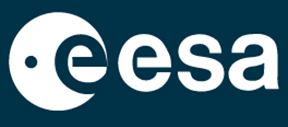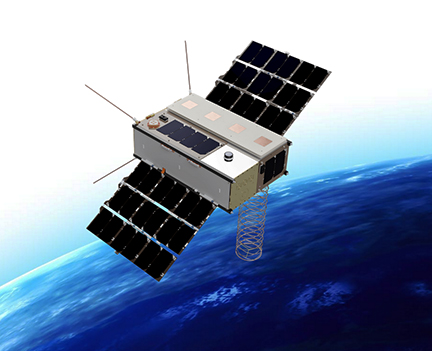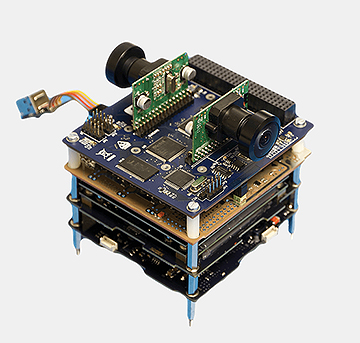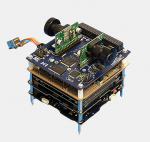
 In-Space Missions Limited (In-Space) and ESA have signed a Public Private Partnership (PPP) program worth 10 million euros to develop the Faraday 2nd generation capabilities to become a Service Mission Provider (SMP) and fly two smallsat validation missions in LEO — the PPP program is co-funded under the ESA ARTES Pioneer program and is part of the Partners Projects.
In-Space Missions Limited (In-Space) and ESA have signed a Public Private Partnership (PPP) program worth 10 million euros to develop the Faraday 2nd generation capabilities to become a Service Mission Provider (SMP) and fly two smallsat validation missions in LEO — the PPP program is co-funded under the ESA ARTES Pioneer program and is part of the Partners Projects.
In-Space has had commercial success with the Faraday 1st Generation (F1G) service that has attracted large space primes, start-ups and academia as customers.
 This turnkey service enables multiple 3rd party payloads to ‘rideshare’ on a single satellite platform and take advantage of the economies provided by sharing the infrastructure.
This turnkey service enables multiple 3rd party payloads to ‘rideshare’ on a single satellite platform and take advantage of the economies provided by sharing the infrastructure.
As satellite design, build, regulatory, launch and operations costs are shared across the customers, the typical price of flying with Faraday is around a third of the cost of buying a stand-alone satellite. The first Faraday 1st Generation satellite, incorporating seven distinct customers on a 6U cubesat, is now built and awaiting launch.

The ESA Pioneer program for Faraday 2nd Generation will significantly improve on F1G through an enhanced user-service development and the design and test of a new satellite platform, CubeScale, that enables dramatic performance improvements and cost reductions.
The service design and CubeScale approach will enable In-Space to offer flights on the Faraday service to LEO, including launch, regulatory and six months of operations, at market disrupting prices. With a proposed flight every 3 to 6 months from 2022, the service will provide a ‘responsive space’ solution for a number of customers needing rapid in space technology and service validation.
The CubeScale platform takes the avionics or ‘brains’ of a low-cost cubesat and incorporates a scalable thermo-mechanical, power and precision AOCS solutions to deliver a high performance, low cost microsatellite platform with a payload carrying capability up to 80 kg. The novel flexible hardware and software interface design enables payload providers to contract with In-Space as late as three months prior to launch.
CubeScale is designed to be agnostic to the avionics solution and as such can incorporate the best in class of Europe’s cubesat capabilities. While the ESA Pioneer validation missions will take place in low Earth orbit, the CubeScale architecture is readily extendable to medium Earth orbit, geostationary orbit and beyond.
While In-Space is leading the service development and delivery, the CubeScale platform is being developed by a world-class team of British companies. Magna Parva Ltd. is taking the lead on the novel flexible structure and extremely low shock launch adapter. Bright Ascension Ltd. will drive on the space and ground software interfaces and design tools. In-Space will provide systems leadership to the CubeScale team and develop the AOCS solution.
Tony Holt, In-Space CTO, said this is a fantastic opportunity to bring together three great British SMEs with the goal of enabling many more organizations to demonstrate, prove and start to deliver new space based services.
Doug Liddle, the CEO of In-Space, said Faraday has proven to be a game-changer for the firm’s customers to date and this ESA Artes Pioneer program will give Europe a World beating capability in the rapid demonstration and early roll-out of new and advanced technologies, systems, services and applications. The CubeScale design allows us to fly large payloads alongside cubesat-sized payloads at a transformational price and performance not currently available to small missions. With this project, In-Space aims to further stretch its capabilities as a Space Mission Provider. In-Space will build and perform a flight demonstration with innovative satellite based on its novel and modular platform. A great achievement by the ESA and In-Space led team that kicked off this project.

